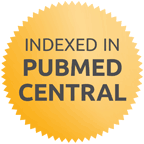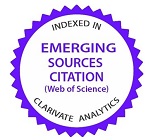Abstract
Acute coronary syndromes (ACS) may complicate the clinical course of patients with Coronavirus Disease 2019 (COVID-19). It is still unclear whether this condition is a direct consequence of the primary disease. However, several mechanisms including direct cellular damage, endothelial dysfunction, in-situ thrombosis, systemic inflammatory response, and oxygen supply-demand imbalance have been described in patients with COVID-19. The onset of a prothrombotic state may also be facilitated by the endothelial dysfunction secondary to the systemic inflammatory response and to the direct viral cell damage. Moreover, dysfunctional endothelial cells may enhance vasospasm and platelet aggregation. The combination of these factors promotes atherosclerotic plaque instability, thrombosis and, consequently, type 1 myocardial infarction. Furthermore, severe hypoxia due to extensive pulmonary involvement, in association with other conditions described in COVID-19 such as sepsis, tachyarrhythmias, anemia, hypotension, and shock, may lead to mismatch between oxygen supply and demand, and cause type 2 myocardial infarction. A deeper understanding of the potential pathophysiological mechanisms underlying ACS in patients with COVID-19 could help the therapeutic management of these very high-risk patients.
Recommended Citation
Cancro, Francesco Paolo; Bellino, Michele; Esposito, Luca; Romei, Stefano; Centore, Mario; D’Elia, Debora; Cristiano, Mario; Maglio, Angelantonio; Carrizzo, Albino; Rasile, Barbara; Alfano, Carmine; Vecchione, Carmine; and Galasso, Gennaro
(2022)
"Acute Coronary Syndrome in patients with SARS-CoV-2 infection: Pathophysiology and Translational Perspectives,"
Translational Medicine @ UniSa: Vol. 24
:
Iss.
2
, Article 1.
Available at:
https://doi.org/10.37825/2239-9747.1034
Creative Commons License

This work is licensed under a Creative Commons Attribution-Noncommercial-No Derivative Works 4.0 License.
Included in
Health Communication Commons, Life Sciences Commons, Medicine and Health Sciences Commons




